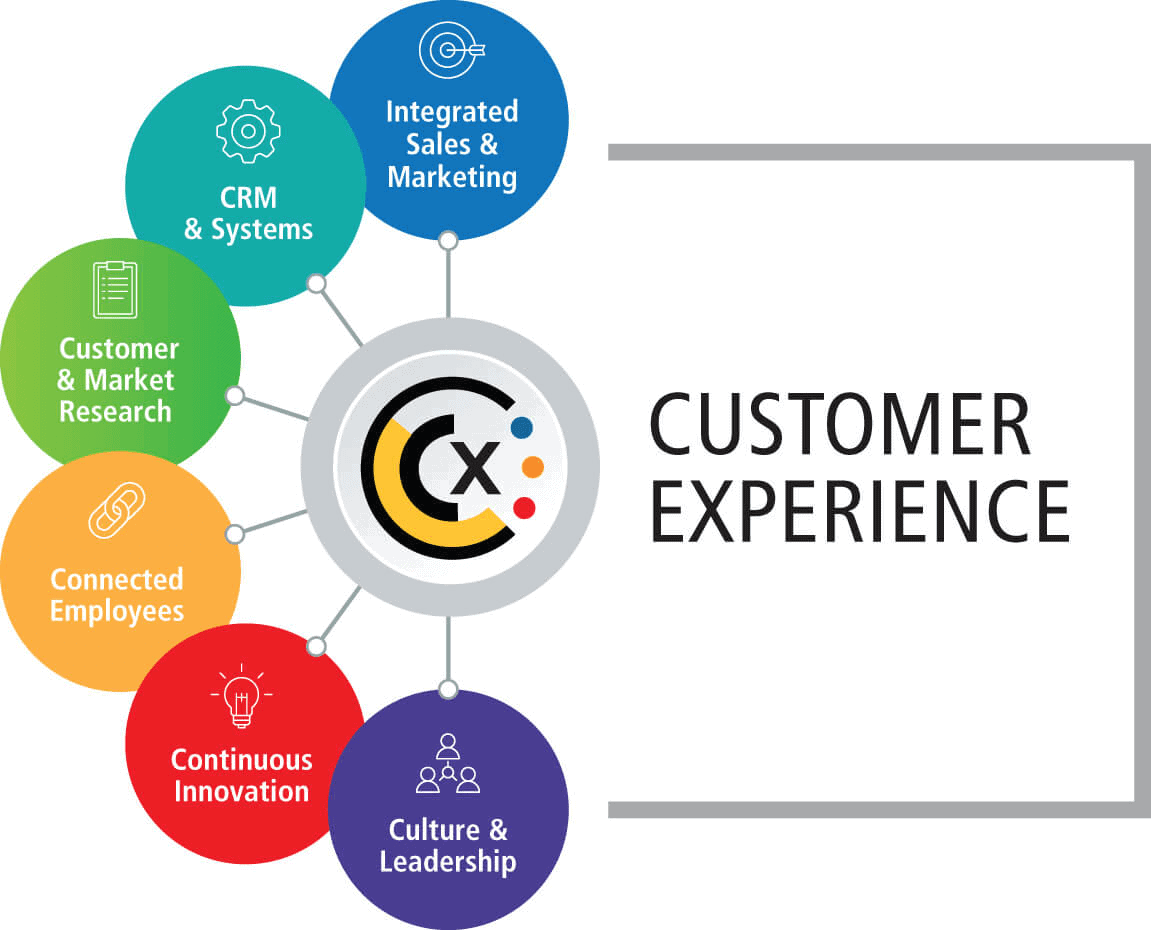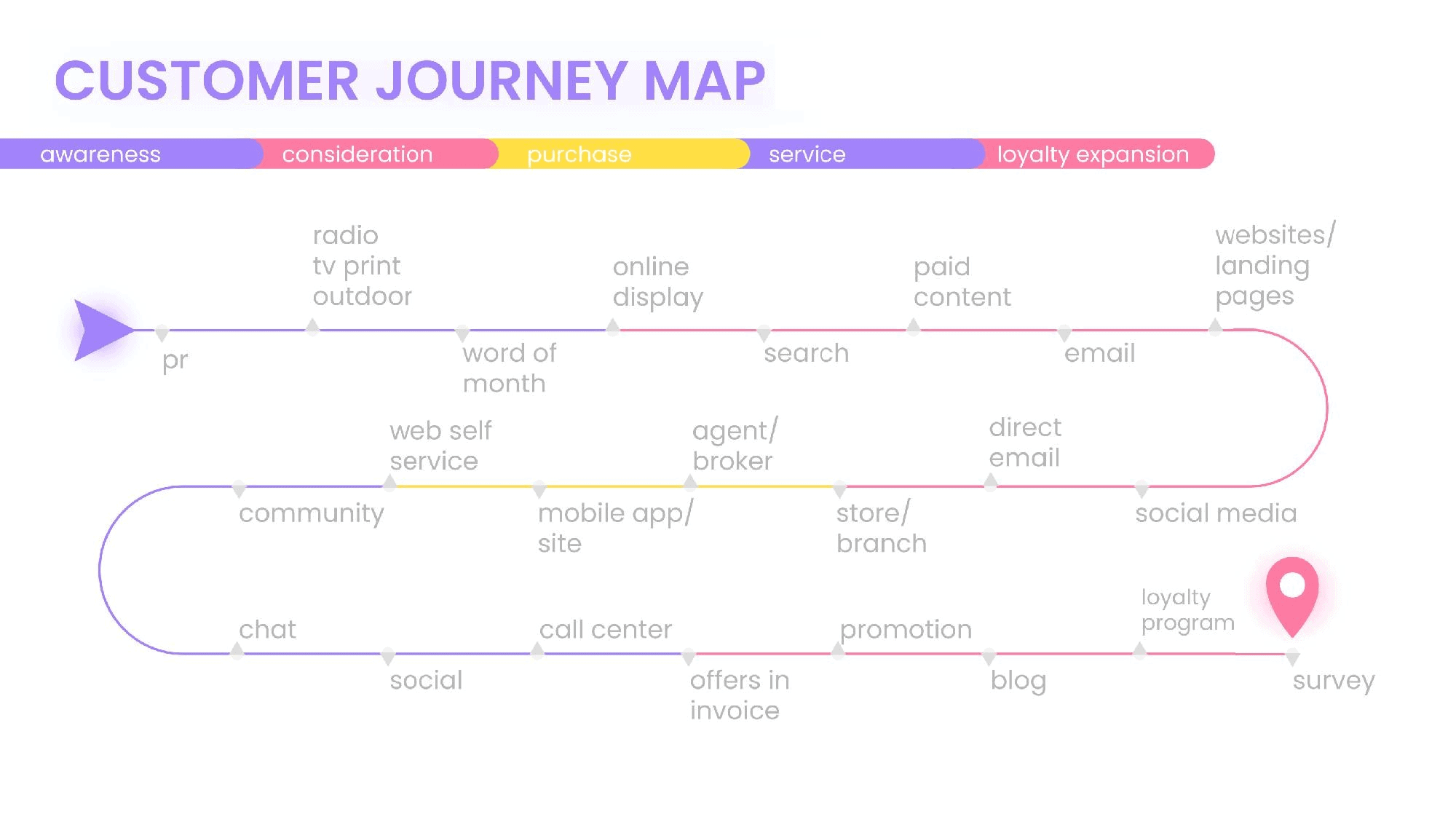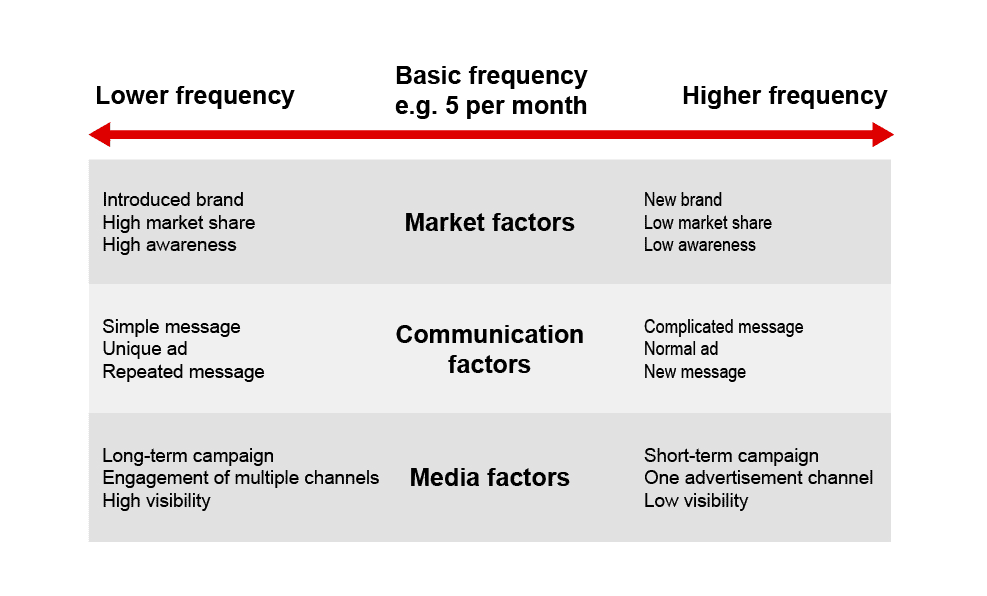It’s an exciting time when you set up a new business, but there’s no doubt it’s a challenging one too. Suddenly, there’s so much to think about that you may not have had to consider before, and you have to get each individual element right to give your venture the best chance of success.
One area that can be particularly tricky to navigate is marketing. Even if you do have some marketing experience, you may be faced with developing a long-term plan for the first time. If that’s the case, it’s worth taking a look at something called marketing orchestration.
What Is Marketing Orchestration?
When you’re developing your first marketing campaign for a new business, the range of options may seem overwhelming. Should you focus on social media marketing? Maybe a standard programmatic online advertising package? Or perhaps a mixture of more traditional channels alongside a targeted email campaign?
The truth is that there’s no one-size-fits-all solution. Much will depend on the exact nature of your business, and especially on the demographics of your target audience. If you aim to sell insurance products to seniors, for example, you probably don’t want to allocate much of your budget to advertising on Instagram reels.
That said, most target markets aren’t quite as narrowly defined as this. What that means in practice is that the vast majority of marketing campaigns involve using a mixture of messaging types and channels. In other words, to have any hope of turning your target audience into paying customers, you’ll need to use a multifaceted marketing approach.
But there’s another dimension to consider as well. At the heart of many modern marketing strategies is a focus on the customer experience across the full gamut of customer touchpoints, not just during individual campaigns. Trends such as personalization have developed so quickly that no business can afford to ignore them if they want to stay ahead of the competition. To make this work takes data, and lots of it.

Image sourced from totara.com
Just having the data isn’t enough. You have to be able to coordinate it and use it effectively in a multichannel environment – which is where marketing orchestration comes in.
Essentially, marketing orchestration describes the process of monitoring and coordinating activity and campaigns across all marketing and sales channels to deliver a truly personalized experience to the customer.
Common Challenges of Marketing Orchestration
There are a few challenges that crop up again and again when you try to implement marketing orchestration well. Here are some of the most common.
Dealing With Siloed Data Sets
The problem of siloed data sets is a regular occurrence in many areas of business, and in particular those that depend heavily on digital technology. For instance, with the proliferation of cloud-based tools, we’re seeing more of an emphasis on application portfolio management as a way of addressing the issue.
What is application portfolio management? Well, think about how many applications a company tends to accumulate over time in their tech stack. Often, these are introduced individually to solve a particular problem without being perfectly integrated into legacy systems.
Over time, this can lead to the creation of a messy tech environment that suffers from data redundancies, inefficiencies, and even potential security problems. Application portfolio management aims to tidy everything up so all the technology an organization uses works well as a unified system.
A similar problem can arise when you want to market a brand or product. You may have a lot of data, but spread around a number of different systems. For example, your sales and customer support agents may use different software to record customer data, meaning you don’t have one centralized information hub on which to base your marketing campaign.

Image sourced from zendesk.co.uk
Making Unified Data Available
Even once you do manage to unify your data, there’s often another related challenge to deal with: making sure all the data you have is available to everyone who needs it in real time.
This issue comprises two elements. The first is the technological aspect. You need to make sure your system is set up to grant access to all relevant parties. Customer data changes regularly, so enabling real-time updates is crucial.
Following best practices in data sharing is key, but it’s not the end of the story. You also have to ensure all your team members have adequate training to make the most of the system you have.
This may be difficult, particularly at first, as it can take people some time to get familiar – let alone proficient – with a new system. There can also be some resistance to change, especially among employees who have used other tools for a long time.
Implementing Orchestration at Scale
When you start sending out marketing messaging and mapping out customer journeys, the next challenge is implementing it across channels at scale. The bigger the scope of your ambitions, the more complex this becomes.
Let’s say you’re running an influencer marketing campaign that you’re trying to link in with social and email marketing and other campaigns running on traditional channels. The more platforms you’re using, the more complicated it is to keep track of how your customers are interacting with your brand across different touchpoints.
There comes a point where it’s simply impossible to manage this without dedicated software. You need to be able to track each channel so you understand which strategies are working best, and which could do with a tactical adjustment.
Elements of Effective Marketing Orchestration
None of these challenges is insurmountable, especially if you concentrate on a few key strategies. Here are some approaches to take when you’re developing your marketing orchestration framework.

Image sourced from expressanalytics.com
Journey Mapping
Remember that one of the core characteristics of marketing orchestration is that it’s customer-focused. That means there’s value in putting yourself in each customer’s shoes. How will their customer journey progress from the very first time they become aware of your brand to the time they convert, and what can you do to help them along?
That’s what journey mapping is all about. The idea is to break down your target audience into different segments and then try to map the typical customer journey for customers in each segment, from touchpoint A to touchpoint B, then touchpoint C, and so on.
It’s difficult to get this 100% spot on since there’s no way of knowing for certain which route each customer will take. But even a good approximation can be a very useful guide to allocating resources to maximize conversions.
Multichannel Interfaces
As multichannel orchestration involves monitoring and coordinating data across a broad range of channels and platforms, it’s vital that you simplify the administrative aspect as much as possible. You don’t want to develop an excellent overall plan only for it to fall apart because its execution is too complicated.
That’s why it’s important that your team can send out marketing messages of different types from a single unified interface. Rather than having to log into different platforms to access different campaigns, make sure they can use a single dashboard to control everything.
Not only does this make your employees’ jobs much easier, but it also reduces the risk of inconsistencies developing across different marketing channels due to fragmentation. When your team can easily access all the data they need without having to switch views, they’ll be able to complete all tasks much more quickly and reliably.

Image sourced from blog.seznam.cz
Message Capping
Marketing automation has been a terrific boon to marketers everywhere, simplifying the task of sending messages on large numbers of channels and platforms. As a result, it’s making it much easier to market brands effectively at scale.
Nevertheless, there are nuances to automated marketing. In particular, there’s an art to hitting the sweet spot when it comes to messaging frequency. Many of us have had the experience of receiving just a few too many messages in our email inbox, or ads in our social feeds from an overenthusiastic marketer, and it tends to have a detrimental effect on our perception of the brand.
One of the great strengths of marketing orchestration is that you can use message frequency capping and set it to apply across a number of channels at once. For instance, you can make sure that no one receives more than two messages per day by email or SMS, so your brand remains constantly visible, but you don’t overwhelm potential customers and put them off.
AI-Based Technologies
There’s a reason AI-based tools are becoming ever more common in cloud-based and enterprise architecture software systems. With access to sophisticated machine learning technology, you can achieve much more accurate outcomes over time.
For example, let’s consider the journey mapping technique previously mentioned. The more marketing campaigns you put out, the more data you’ll be able to accumulate about how your customers typically interact with your brand. This is a double-edged sword because although in theory this gives you a lot more data to go on, in practice the sheer amount of data can be overwhelming and difficult to apply.
But AI tools are used to training with huge volumes of data. This means you can leverage them to develop complex algorithms that help you understand customer journeys at a much more granular level across multiple campaigns.

Free to use image sourced from Unsplash
Practical Tips for Successful Marketing Orchestration
One of the tricky characteristics of marketing orchestration is that it’s a big-picture concept while also relying on mastering fine details at the same time. So, here are a few basic tips to help you strike that balance.
Use Dedicated Tools
Given the importance of unifying your data and enabling multichannel dashboards, using dedicated marketing orchestration software is a must. Just as your customer service teams benefit from using hosted VoIP systems that integrate with your CRM, so your marketing teams need the right tools to do their jobs effectively.
Take some time to research the available software platforms, AI tools, and automation options so you can build a complete orchestration solution that fits the bill for your business. Make sure the data storage option you choose will allow you to centralize your customer data, formatted in a standardized way to ensure accuracy.
Doing this may incur significant upfront costs, but it’ll be worth it in the long run. Over time, having the right setup will reap dividends in terms of increased efficiency and productivity.
Focus on Training
We’ve already touched on this, but it bears repeating. As well as making sure all your team members understand how to use the new system, they’ll need guidance about your company’s overall marketing objectives.
It’s crucial that everyone who works on marketing clearly understands the scope of their role and how it fits into your broader business goals.
Remember this is a two-way process. You should actively seek out feedback from your marketing team and act on it as soon as you can.

Free to use image sourced from Unsplash
Review and Fine-Tune
This kind of feedback is essential when it comes to fine-tuning your strategy. In addition, you should also conduct regular reviews of how effective each element of your marketing strategy is.
To this end, set clear KPIs in advance and compare actual performance on a regular basis. The precise mixture of metrics you choose will depend on your business goals, but typical examples could include:
- Cost per lead
- Customer acquisition cost
- Social media engagement
- Search engine rankings
- Brand awareness
Keeping an eye on your campaigns’ effectiveness gives you the best chance of adjusting your strategy to create even more impact in the future.
Making Marketing Orchestration Work for Your Business
By its very nature, marketing orchestration takes a lot of planning and attention to detail to do well. But when you manage to get it right, the rewards can be phenomenal. Today’s customers have high expectations, which means that developing a strategy that focuses on their experience will generally be more effective than a simple product-push approach.
With the right software tools in place and an emphasis on staff training and engagement, there’s no reason your business shouldn’t be able to take advantage of this sophisticated approach to marketing. And in the end, the results will be worth the effort. Good luck!

